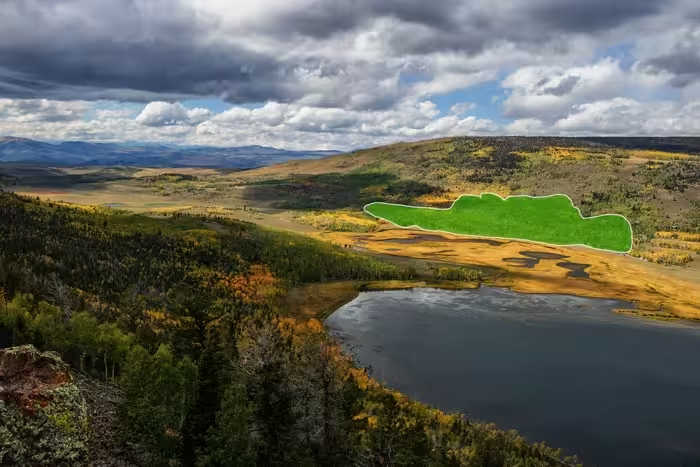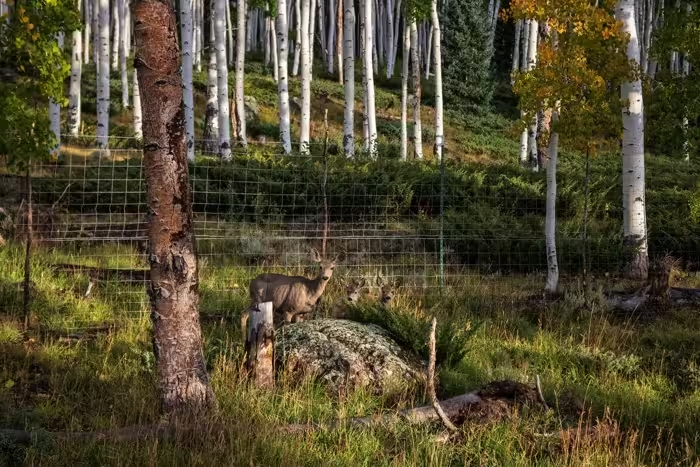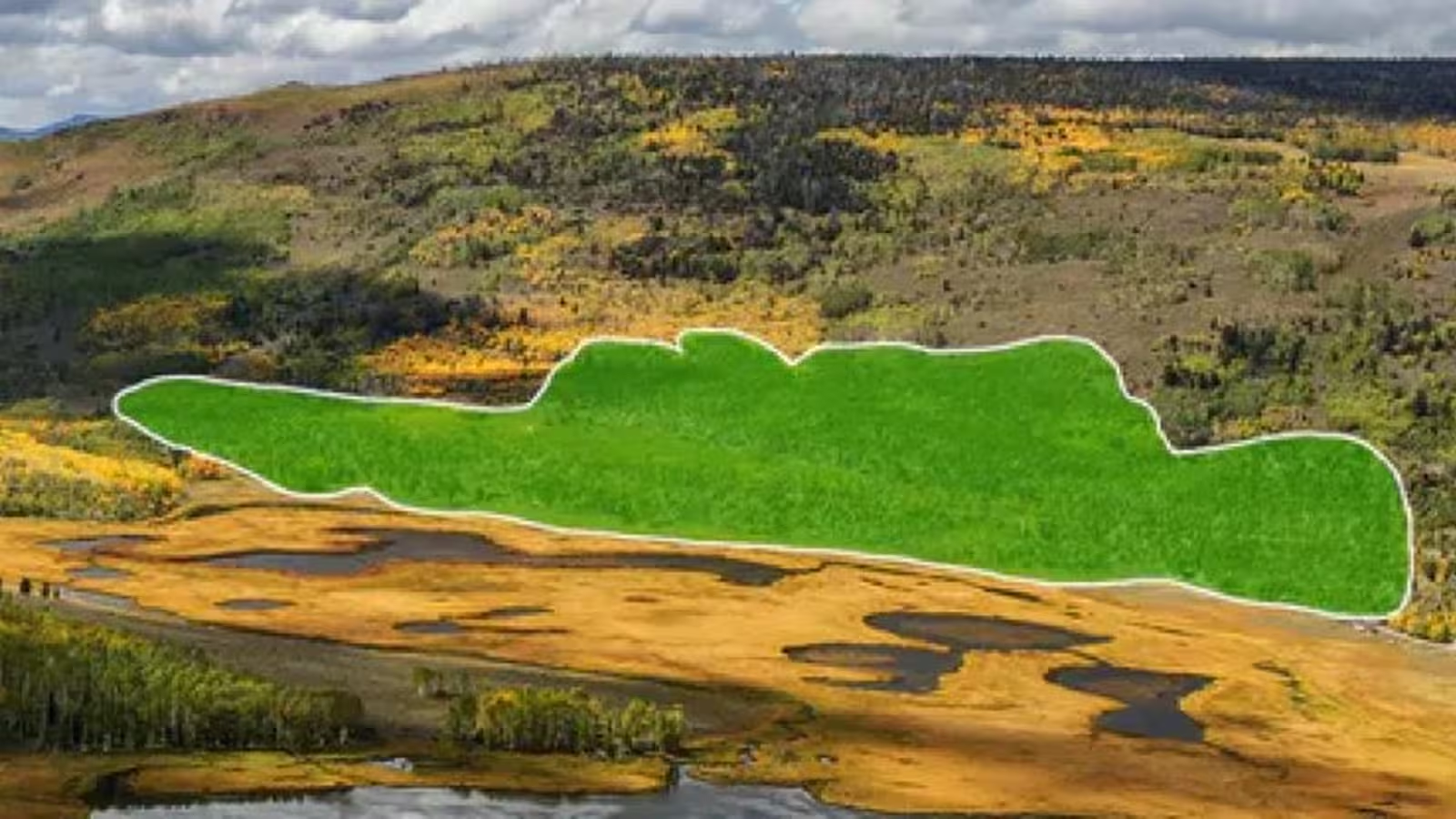6 Minutes
The Extraordinary Biology of Pando: Earth’s Largest Organism
Nestled within Utah’s Wasatch Mountains, just above the crystal waters of a spring-fed lake, lies a natural marvel that challenges our very understanding of what constitutes a single living organism. Known as Pando, this awe-inspiring colony is not a forest in the traditional sense, but an interconnected network of over 47,000 genetically identical quaking aspen stems (Populus tremuloides). Sprawling across 106 acres and weighing an estimated 6,000 metric tons, Pando is considered the largest organism on the planet by mass—a living testament to Earth's evolutionary creativity.
To the casual observer, Pando resembles a typical aspen grove: upright trunks with smooth white bark and leaves that whisper in the mountain wind. However, beneath the soil, these trees share a singular root system, making them a giant clonal colony rather than independent individuals. Unlike most American aspen stands, which average just three acres in size, Pando’s massive scale puts it in a category of its own.
A Hidden Ecosystem Thousands of Years in the Making
Scientists estimate that Pando’s remarkable root network could be as ancient as 14,000 years, surviving countless climatic shifts since the last Ice Age. While the above-ground stems only persist for around 130 years before dying and regenerating, the root system has persisted for millennia, acting as the backbone of a complex woodland ecosystem.
Under Pando’s expansive shade canopy, more than 68 species of plants thrive, creating rich biodiversity hotspots that support an array of mammals, birds, and insects. Foxes, beavers, mule deer, and various pollinators use different facets of the habitat that Pando nurtures. The health and stability of this biological giant underpin the delicate ecological web of the region.

External Pressures Threatening Pando’s Survival
Despite enjoying protection as part of the Fishlake National Forest, Pando is facing a suite of modern threats that jeopardize its long-term survival.
Grazing Pressure from Deer and Elk
One of the most immediate dangers to Pando is overbrowsing by burgeoning populations of mule deer and elk. The historical loss of apex predators such as wolves and mountain lions has tipped the local balance, allowing these herbivores to multiply and concentrate within the protected woodland. When older aspen stems fall away, sunlight triggers new shoots—yet these are often grazed down before they can establish, stifling the grove’s natural regeneration cycle. Large swaths of Pando now show significantly reduced young growth, threatening the organism’s ongoing vitality.
A glimmer of hope shines in designated “exclosure” zones: sections of the colony where fencing keeps deer and elk at bay. Within these protected patches—nicknamed the “bamboo garden”—dense clusters of young aspen display what healthy regeneration might look like, offering a living model for restoration efforts.
Disease and Climate Change
Pando’s older stems are increasingly vulnerable to a trio of sapling diseases: sooty bark canker, fungal conk, and leaf spot. While such plant diseases are a natural part of the aspen life cycle, they compound the impacts of limited regrowth and create existential risks when coupled with broader environmental changes.
Accelerating climate change poses the gravest threat to Pando’s stability. As regional temperatures rise and precipitation patterns shift, drought conditions become more frequent. Earlier warming can disrupt the timing of leaf-outs and strain the trees’ ability to photosynthesize effectively. Meanwhile, water resources are more hotly contested than ever, with nearby Fish Lake sitting just beyond the reach of Pando’s roots. Increasing risk of wildfires adds another layer of peril, as aspen is especially sensitive to intense, frequent burns.

Scientific Efforts and Conservation Initiatives
While Pando itself has rarely been the direct subject of scientific study, its plight has prompted action among ecologists, geneticists, and conservationists. Research into aspen biology and clonal colonies is uncovering vital insights into genetic resilience, ecosystem management, and climate adaptation. The U.S. Forest Service, along with nonprofits like Friends of Pando, are spearheading fencing projects, educational campaigns, and the development of immersive digital resources like 360-degree video experiences to share Pando’s story globally.
Expert voices from conservation biology stress that restoring natural predator-prey relationships, managing grazing pressure, and facilitating genetic diversity are all key strategies to safeguarding Pando’s future.
A Living Legacy: Pando’s Role in Conservation and Education
The story of Pando is more than just a botanical curiosity—it is a powerful case study in ecological interconnectedness. Visitors who walk the shaded paths of the grove—amid fluttering leaves, wildflowers, and animal life—witness firsthand the intricate links forged over millennia between a single organism and the wider landscape. These immersive experiences reinforce why protecting ancient organisms, along with their unique ecosystems, is essential in an era of rapid environmental change.
In a world where so many natural wonders disappear before they are fully understood, Pando stands as a rare opportunity—one that enables humanity to preserve and learn from a living bridge to the planet’s prehistoric past.
Conclusion
Pando, the giant aspen colony of Utah, represents both the wonder and fragility of Earth’s largest living beings. Its survival is inextricably tied to complex ecological relationships, the health of its local environment, and the evolving challenges posed by humans and climate change. As scientists, conservationists, and communities rally to understand and protect this unique living organism, Pando serves as a hopeful symbol of resilience and a global reminder of our responsibility to safeguard biological treasures for generations to come.



Comments